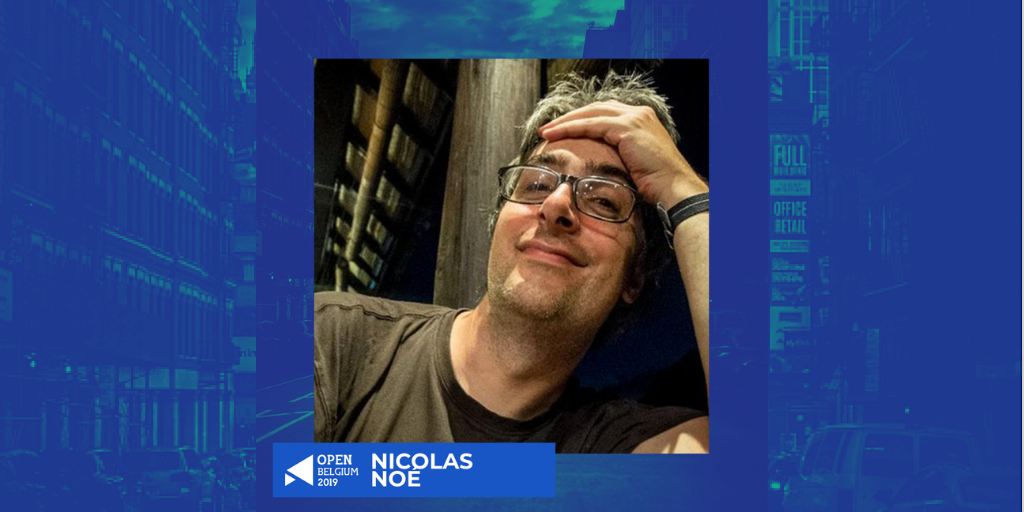
“From hikers to hunters, birders to beach-combers, the world is filled with naturalists, and many of us record what we find. What if all those observations could be shared online? You might discover someone who finds beautiful wildflowers at your favorite birding spot, or learn about the birds you see on the way to work. If enough people recorded their observations, it would be like a living record of life on Earth that scientists and land managers could use to monitor changes in biodiversity, and that anyone could use to learn more about nature.” — iNaturalist.org
In the “Open Data to preserve biodiversity” session, Dimitri Brosens and I will have the chance to present you what is open biodiversity data, why it matters and what is done about it at the national and global levels.
But do you know that as a regular citizen you can actively participate by generating and sharing such biodiversity data? In addition to helping advance research, it’s a great way to feel more aware and connected with nature and a great learning experience (with kids, too!).
Entering iNaturalist!
The basics of biodiversity data can be oversimplified to: “We noted the presence of species X at location Y and at time Z”.
For example: “On June 8th 2018 in the evening, Nicolas Noé observed a red fox (species Vulpes Vulpes) at latitude 50.647053 and longitude 4.359822”. Additional data: the observer stated it’s indeed a red fox, but it also took a picture of the encounter so other people and specialists can confirm that. Here is how it looks on a webpage: https://www.inaturalist.org/observations/13237750
iNaturalist is a platform (including a mobile app) that allows you to become a 21st century naturalist by recording and reporting exactly that kind of observations! It also includes an image recognition algorithm that give suggestions about what you just saw (quite magical, but to be used with a healthy dose of skepticism and to be completed by local knowledge). iNaturalist is also a social network: other people can validate your observation based on the pictures and other data, visitors can follow each others, specialists can subscribe to be notified of (for example) “all mushrooms recorded in Namur province, …”. And if the data fits certain quality criteria, it is then shared with the scientific community through GBIF!
To go further, you can
- Read the “Getting started” section of iNaturalist.org: https://www.inaturalist.org/pages/getting+started
- Watch video tutorials: https://www.inaturalist.org/pages/video+tutorials
- Talk to Dimitri and I during the OpenBelgium 2019 conference! We are not formally linked to iNaturalist but are enthusiastic users!



Share